In the hectic, humming air of The Daily Californian, there is an old newsroom legend.
Nearly 50 years ago, the Daily Cal, UC Berkeley’s student newspaper, ran a divisive front-page editorial about People’s Park, the university-owned space that, in May 1969, was scene to a violent confrontation between the community and police.
Published just before the riot’s anniversary, the editorial encouraged people to “Take Back the Park” — to rededicate it as a public space and tear down the fence surrounding it. Campus officials tried to fire the editors responsible, but they resisted. Instead, the paper disbanded from the university, spurning its funds and, in turn, editorial control.
Around the office, it’s a story for the ages — a talisman of pride passed down to new reporters every year. Details about the saga, however, generally end there. The paper’s archives are not online, and physical copies are inaccessible to many.
Until now.
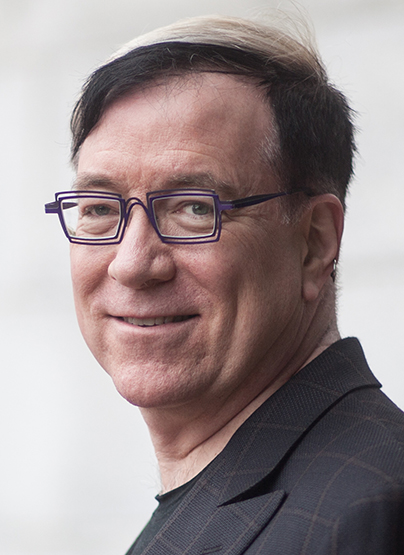
This week, the UC Berkeley Library launches its new Digital Collections website, a gaping portal into the Library’s growing collection of digitized materials. Fully searchable and free to all, the platform makes possible a world of research quests and rabbit holes into the Library’s collections — from portraits of California’s agriculture and oil industries, to the archives of Berkeley’s independent student newspaper and its road to revolution.
“I have this dream — what we refer to as our moonshot — that we will digitize everything we have during my lifetime,” said University Librarian Jeffrey MacKie-Mason. “And to get people behind something big and grand and daring like a moonshot, … you have to get people to understand what they’re going to get out of it.
“You need good stories,” he continued. “And I just think the Daily Cal is a great story.”
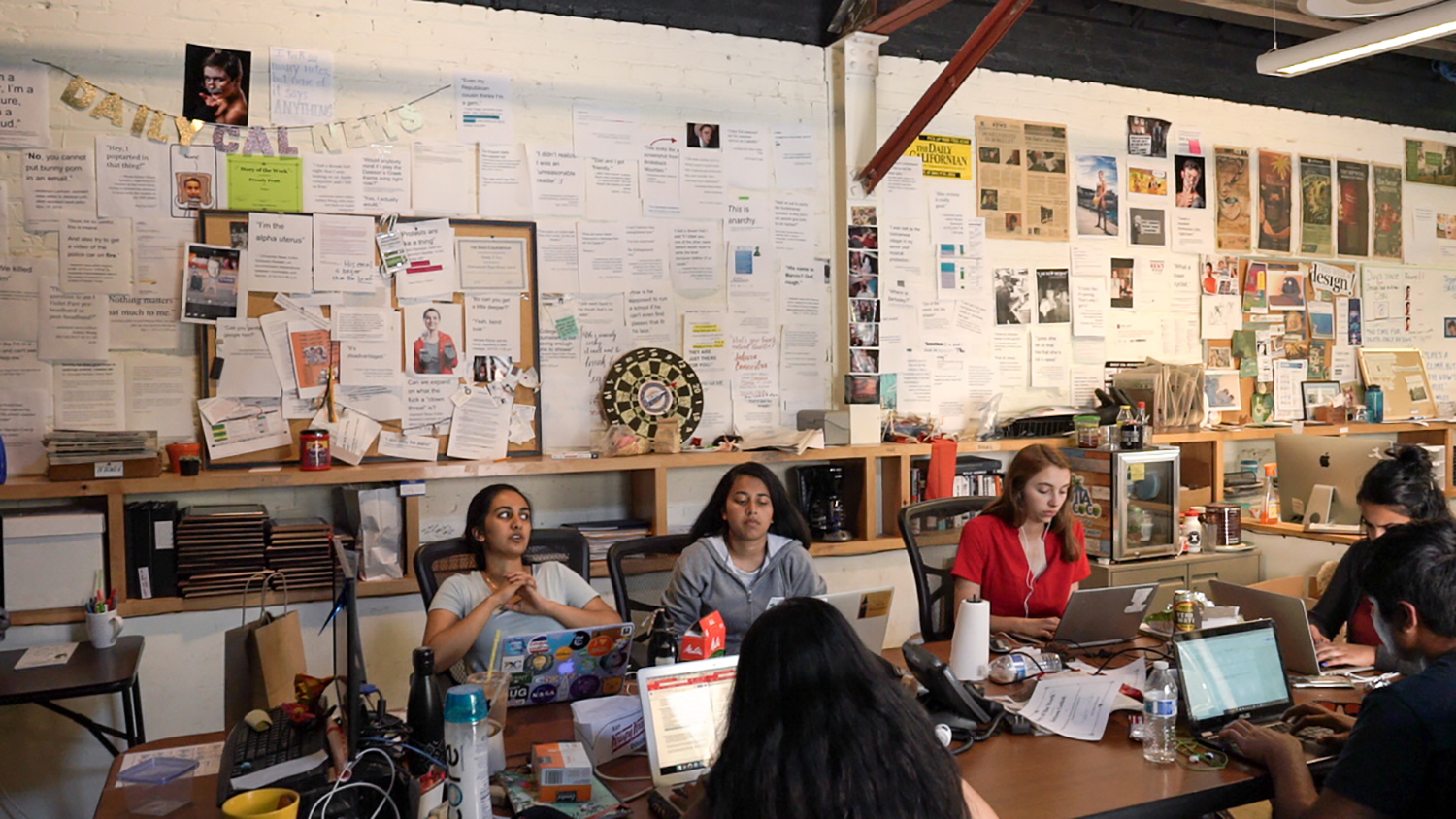
The paper of record
In the basement of Doe Library, an unassuming hallway opens up to the Newspapers & Microforms Library — a spectacular cave lined with endless rows of history. Among its treasures are medieval manuscripts, Vatican papers, government records, underground newspapers, and more.
“There’s everything under the sun down there,” said Rebecca Darby, former operations manager of the Newspapers & Microforms Library. “You name it, it’s there.”
During her 10 years in that space, Darby helped students, scholars, and historians from around the world. One of the most heavily used collections, she said, has been the student newspaper, stored on reels of microfilm.
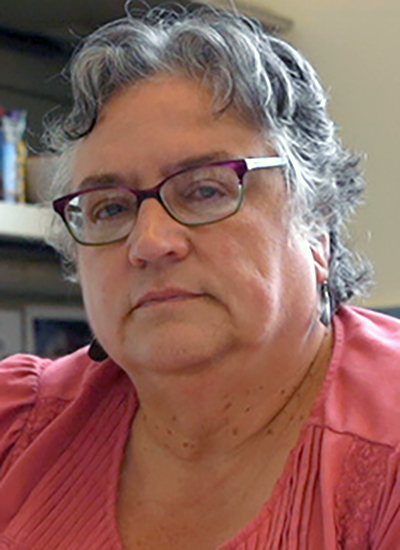
“If you think about it, when you’re trying to research a city like Berkeley, there is no better place to find information about its history and culture … than the paper that’s been reporting on it since 1871,” said Harini Shyamsundar ’19, former editor-in-chief and president of the paper. “When I talk to people in the community about the work we do, that’s when it really hits me — how important it is for us to be out there reporting on things that no one else is going to report on.”
In particular, many researchers travel to Berkeley to comb through the newspaper’s extensive coverage of the 1960s and the civil rights movement, Darby said.
For Lynne Grigsby, head of Library IT, the newspaper is not just a historical artifact, but a cultural diary. Working through the issues can be like hopping across generations, she said.
“It’s a slice of the times,” said Grigsby, whose team managed the scanning of the Daily Cal archive. “Suddenly, women appear in the ads in 1919, and it’s like, oh, something must have happened … because up until then all the ads were aimed at men.
“There’s just a whole different way to look at the life of the university than just (the campus’s) documentation.”
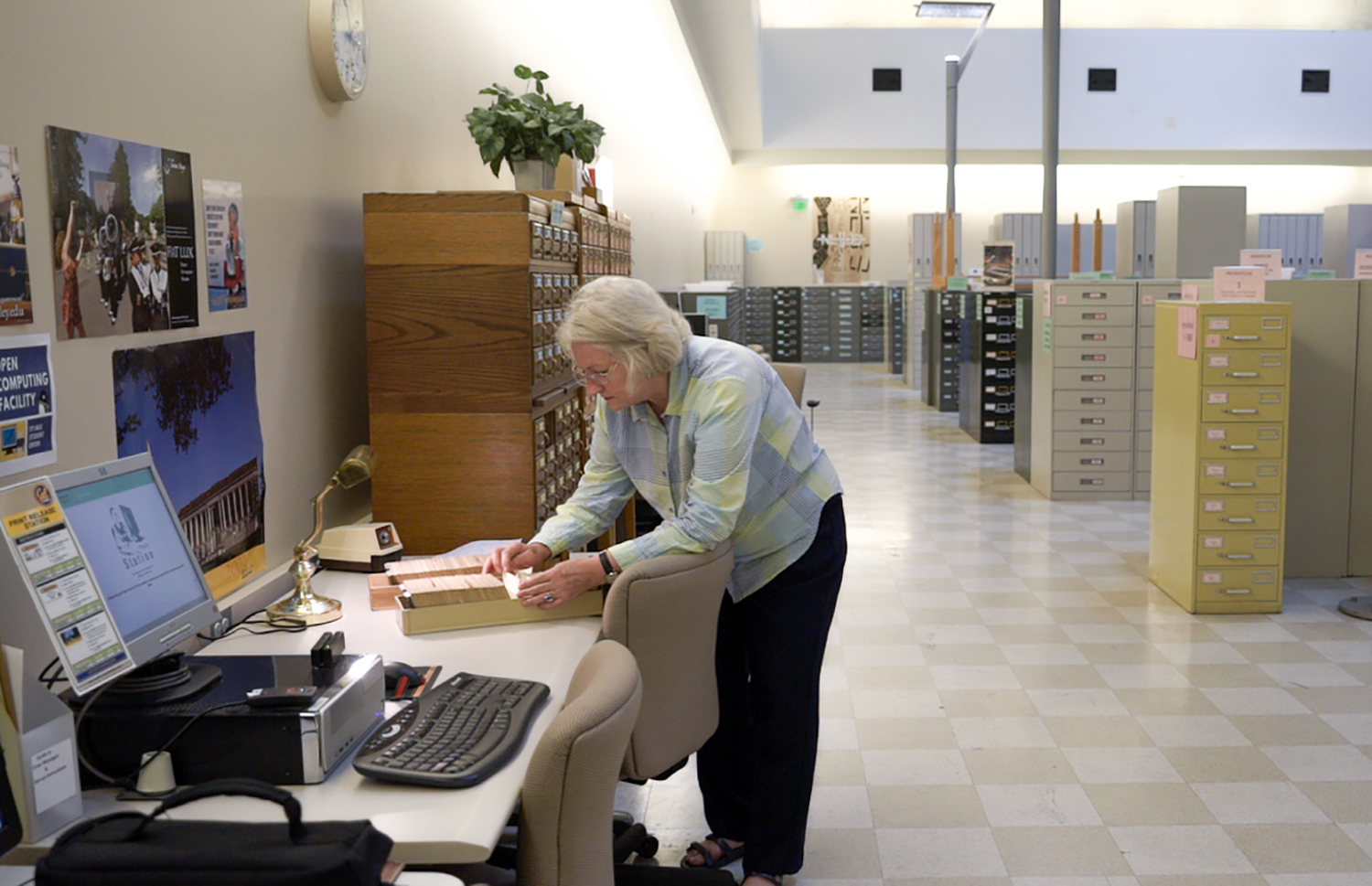
Under a permanent agreement between the student paper and the Library, the new digital site will include all available issues of the Daily Cal printed since its inception, minus a one-year embargo for the most current articles. (There are some gaps in the Library’s Daily Cal collection, Grigsby noted. The next step will be to assess those holes and brainstorm how to fill them.)
A few years back, Darby helped an alum track down a political ad run by the Student Nonviolent Coordinating Committee, a major student organization of the civil rights movement. The alum couldn’t remember the exact year it printed — ’63 or ’64, she guessed — so the pair went through reel after reel to track it down.
Like many of the newspaper’s ads and editorials, it wasn’t cited in the Daily Cal index, a wooden card catalog used to find articles by topic. That’s why having the archives digitized and available online is so important, Darby said.
With a comprehensive search function, the research possibilities will explode, she said.
“No matter how great the indexes are, there are going to be nuances that an index can’t pick up,” Darby said. “Someone’s name might be mentioned in the body of the article, but they weren’t in the title of the article. So lots of stuff falls between the cracks.”
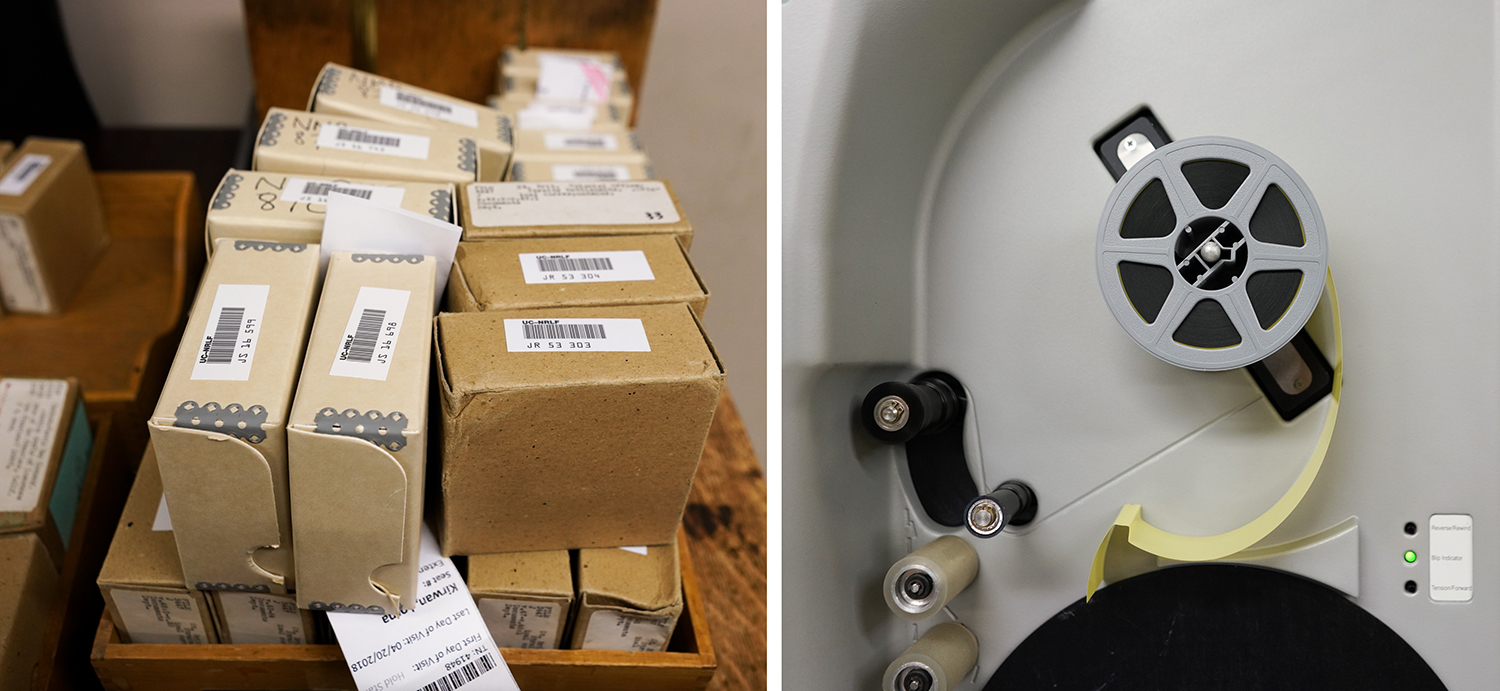
‘From boxes to bytes’
On the Library’s new Digital Collections site, results can be filtered by collection, year, and format. Among the site’s 85,000 records are documents, images, audio, videos, sheet music, and maps, all of which can be instantly downloaded.
The materials have been treated with optical character recognition software, meaning users can scan the entire database for mentions of any word or phrase — a Google search across a historical treasure chest.
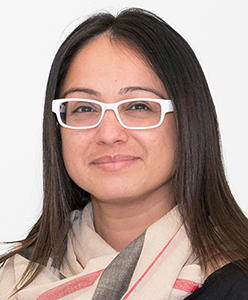
“We’re a public university — our mission is to serve the scholarly needs of our constituents and the research and access needs of Californians,” said Salwa Ismail, associate university librarian for digital initiatives and information technology, who oversees the Digital Collections site. “At the heart of this is freeing up our digital treasures from the boxes that they sit in — moving them from boxes to bytes, from shelves to screens — so they’re available to researchers around the world.”
Beyond the Daily Cal, the platform currently holds more than 300 collections, with hundreds more to come, Ismail said.
Materials on the site span the globe — from a collection on Russian female writers and a trove of Japanese historical maps to Latin American journals and Chinese political postcards. The site is also a love letter to the Bay Area, with portraits of the construction of its iconic bridges; records of the 1868 earthquake on the Hayward fault; historical maps of the bay; and archives of the acclaimed San Quentin News, written and produced by those who are incarcerated.
Going forward, the Library will continue to build up its robust digitization program. Last year, the Library scanned about 1.5 million images, including photographs, documents, and maps.
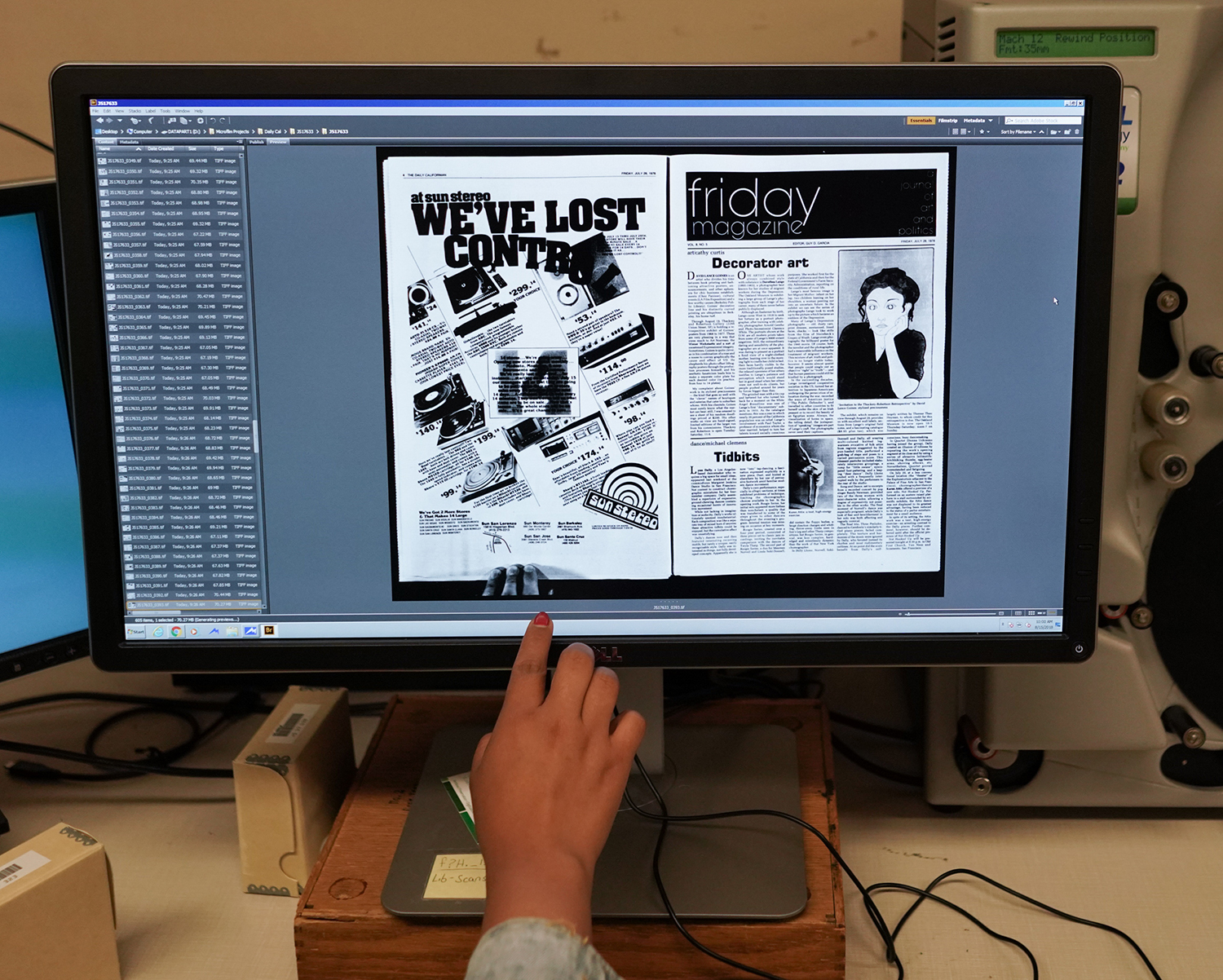
(A core part of the Library’s digitization efforts will be its unique community engagement policy, which will guide staff members as they consider, and swiftly respond to, requests from the public to remove from the site any culturally sensitive materials, or items that may pose an ethical, legal, or safety concern for the community.)
For Grigsby, the digital platform “evens the research playing field.” Researchers without grant funding or whose work is based far away, for example, no longer have to spend time and money traveling to the campus.
“It’s equity, in a way,” Ismail said. “If you’re a high school student or a researcher without the financial means to come here, you can still use these resources online, at a public library — or anywhere with an internet connection.”
The goal, of course, is to share the Library’s resources as widely as possible — to cast its pearls across earth, all on the way to the moon.
“We own these materials on behalf of the citizens of California,” MacKie-Mason said, “and we should make them as available as we can.”